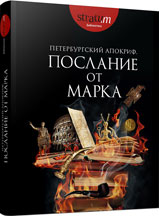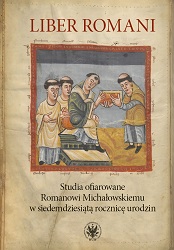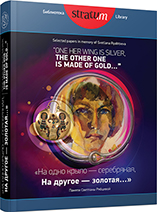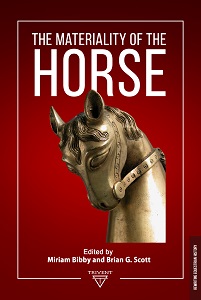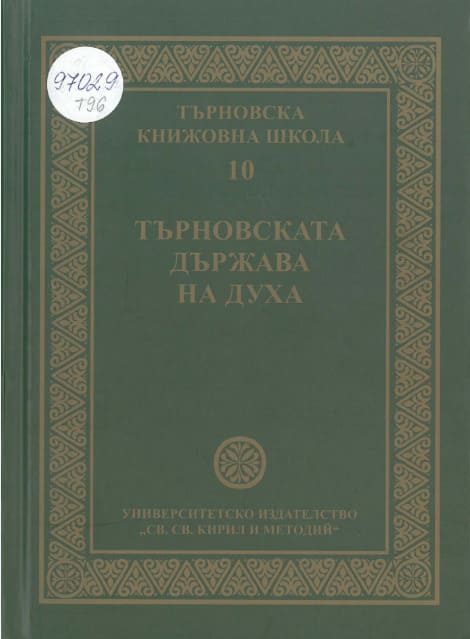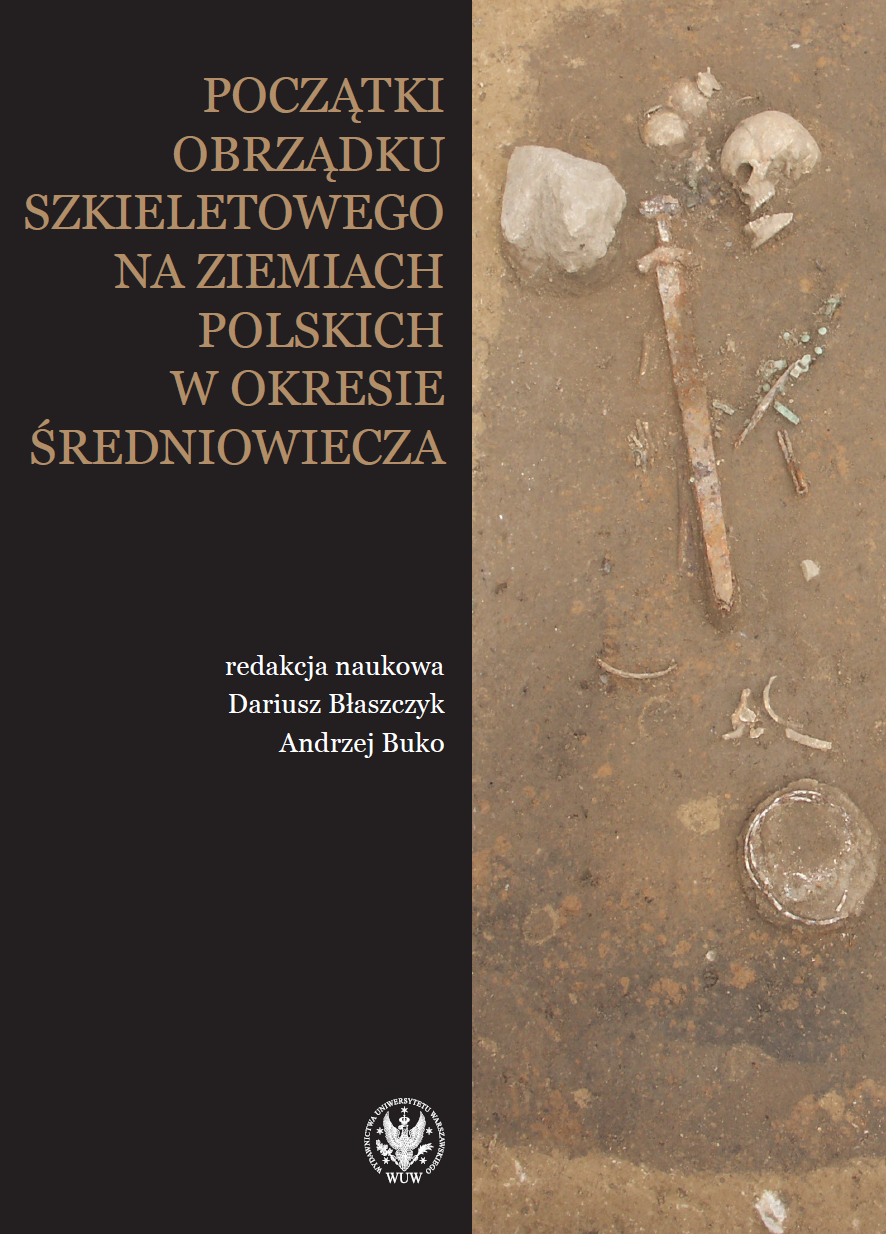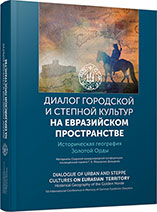
Находки половецких каменных изваяний как источник по изучению географии половецких кочевий степного Прикубанья
The author considers the problem of localization of the Polovtsian stone sculptures on the territory of the Kuban River and eastern Kuban area steppes. The statues have been delivered to the museum starting from the late 19th century and are still delivered today. Before the revolution, the findings were not always localized. In the 1950s to the early 21st century, the statues were delivered from villages located in the territory of the Central steppe area, from the Middle Kuban area, and Eastern Kuban area. The findings of the Polovtsian stone sculptures are a valuable source on the geography of the Polovtsian nomad encampments of the Kuban area.
More...
